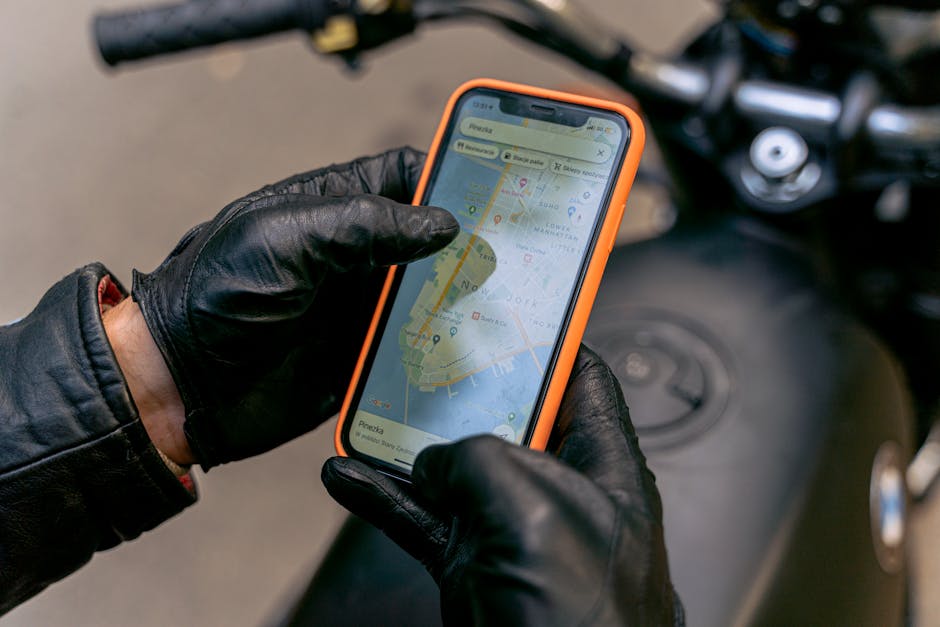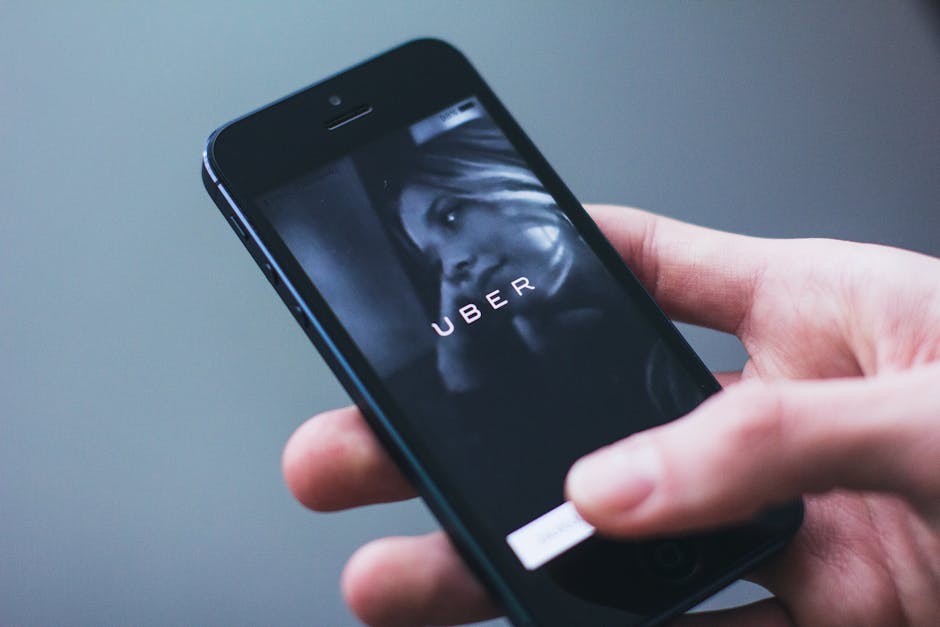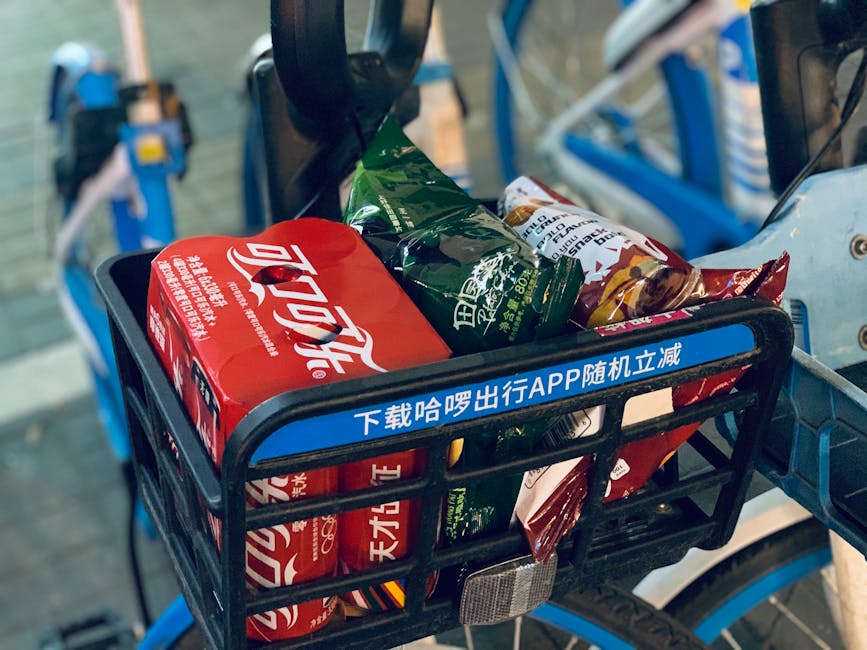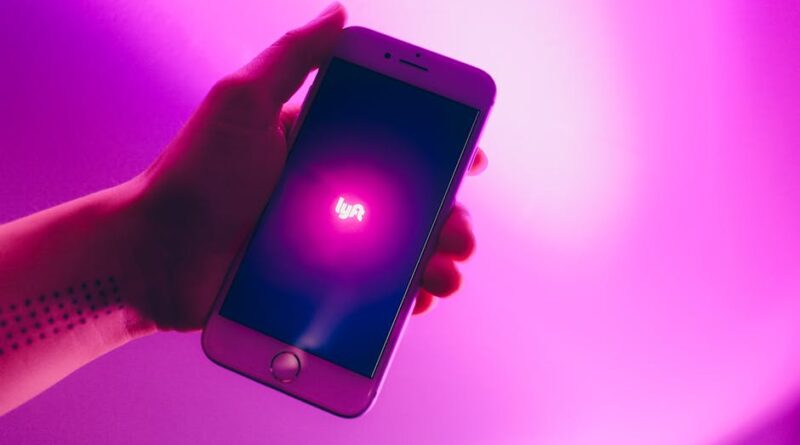Ride-Hailing App Comparisons: Navigating the World of On-Demand Transportation
Imagine a world where getting from point A to point B is as easy as tapping a few buttons on your smartphone. Well, welcome to the era of ride-hailing apps, where convenience and efficiency reign supreme. In this comprehensive guide, we will delve into the intricate world of ride-hailing app comparisons, exploring the various options available, their features, benefits, and drawbacks. Buckle up, as we take you on a journey through the fascinating realm of on-demand transportation.
The Rise of Ride-Hailing Apps
Before we dive into the nitty-gritty details of ride-hailing app comparisons, let’s take a step back and examine the meteoric rise of this innovative technology. The concept of ride-hailing apps revolutionized the transportation industry, offering users a convenient and reliable way to book rides at the touch of a button. Companies like Uber, Lyft, and Grab disrupted the traditional taxi industry, providing a seamless experience for both riders and drivers.
In recent years, the market has seen a proliferation of ride-hailing apps, each vying for a share of the lucrative on-demand transportation market. From local players to global giants, the competition is fierce, with each app offering unique features and services to attract customers. So, how do these apps stack up against each other? Let’s find out.
Uber vs. Lyft: The Battle of the Titans
When it comes to ride-hailing app comparisons, Uber and Lyft are often at the forefront of the discussion. These two companies have dominated the market, with a global presence and millions of users worldwide. While both apps offer similar services, there are key differences that set them apart.
Uber, the pioneer of ride-hailing apps, boasts a larger market share and a more extensive network of drivers. The app offers various ride options, including UberX, UberPool, and Uber Black, catering to different preferences and budgets. On the other hand, Lyft is known for its focus on customer service and driver-friendly policies. The app has gained a loyal following for its user-friendly interface and transparent pricing.
In terms of pricing, Uber and Lyft often compete fiercely, with both companies offering promotions and discounts to attract customers. While Uber tends to have higher base fares, Lyft is known for its lower prices and more frequent promotions. Ultimately, the choice between Uber and Lyft comes down to personal preference and individual needs.
Local Players: Grab, Ola, and DiDi
While Uber and Lyft dominate the global market, there are several regional players that have made a significant impact in their respective countries. Grab, Ola, and DiDi are three such companies that have gained traction in Southeast Asia, India, and China, respectively.
Grab, based in Singapore, is one of the leading ride-hailing apps in Southeast Asia, offering a wide range of services, including rides, food delivery, and payments. The app has gained popularity for its safety features and user-friendly interface. Ola, on the other hand, is the go-to app for transportation in India, providing services like Ola Auto, Ola Bike, and Ola Rentals. With a focus on affordability and accessibility, Ola has captured a significant market share in the country.
In China, DiDi is the dominant player in the ride-hailing market, offering services like DiDi Express, DiDi Premier, and DiDi Luxe. The app has revolutionized transportation in China, providing millions of users with a reliable and efficient way to get around. With its recent expansion into international markets, DiDi is poised to become a global force in the ride-hailing industry.

By Antoni Shkraba via Pexels
Ride-Hailing Apps for Every Occasion
Whether you’re looking for a quick ride to the airport or a luxurious chauffeur-driven experience, there’s a ride-hailing app for every occasion. From budget-friendly options to premium services, these apps cater to a wide range of needs and preferences.
UberX: The Everyday Choice
UberX is the most popular ride option offered by Uber, providing a comfortable and affordable ride for everyday travel. With a fleet of standard vehicles and experienced drivers, UberX is the go-to choice for commuters, students, and travelers looking for a reliable way to get around.
Lyft Line: The Shared Ride Experience
Lyft Line is Lyft’s shared ride option, allowing passengers to split the cost of their journey with others heading in the same direction. This cost-effective option is perfect for solo travelers or small groups looking to save money while reducing their carbon footprint.
Uber Black: The Premium Experience
For those seeking a more luxurious ride, Uber Black offers a premium experience with high-end vehicles and professional drivers. Whether you’re heading to a special event or want to impress a client, Uber Black provides a first-class transportation service that exudes style and sophistication.
DiDi Luxe: The VIP Treatment
DiDi Luxe is DiDi’s premium ride option, offering a luxurious experience for discerning travelers. With top-of-the-line vehicles and highly-trained drivers, DiDi Luxe provides a VIP treatment that is perfect for special occasions or business trips.

By freestocks.org via Pexels
The Future of Ride-Hailing Apps
As ride-hailing apps continue to evolve and expand their services, the future of on-demand transportation looks promising. From autonomous vehicles to drone deliveries, the possibilities are endless. With advancements in technology and changing consumer preferences, ride-hailing apps are poised to revolutionize the way we travel.
One of the most significant trends in the industry is the shift towards sustainable transportation options. Companies like Uber and Lyft are investing in electric vehicles and promoting eco-friendly practices to reduce their carbon footprint. By embracing green technologies and partnering with environmental organizations, ride-hailing apps are paving the way for a more sustainable future.
Another key development in the ride-hailing industry is the integration of smart technology. Apps like DiDi are leveraging artificial intelligence and data analytics to improve the user experience and enhance safety measures. By using real-time data and predictive algorithms, ride-hailing apps can optimize routes, reduce wait times, and ensure a seamless journey for passengers.

By Oleksandr P via Pexels
Expert Opinions: What the Industry Insiders Say
To gain further insights into the world of ride-hailing app comparisons, we reached out to industry experts for their thoughts and opinions. According to Sarah Johnson, a transportation analyst, “The ride-hailing industry is constantly evolving, with new players entering the market and established companies innovating to stay ahead. It’s essential for consumers to compare different apps and choose the one that best fits their needs.”
John Smith, a tech entrepreneur, adds, “As the demand for on-demand transportation grows, ride-hailing apps will play a crucial role in shaping the future of mobility. With advancements in technology and changing regulatory landscapes, it’s important for companies to adapt and evolve to meet the evolving needs of consumers.”
Common Misconceptions About Ride-Hailing Apps
Despite their widespread popularity, ride-hailing apps are not without their misconceptions. One common misconception is that ride-hailing apps are only for urban areas. In reality, these apps operate in a wide range of cities and regions, providing transportation options for both urban and rural areas.
Another misconception is that ride-hailing apps are not safe. While safety concerns have been raised in the past, companies like Uber and Lyft have implemented strict safety measures to protect both riders and drivers. From background checks to real-time tracking, ride-hailing apps prioritize safety and security for all users.

By Ivory Huang via Pexels
FAQs: Your Burning Questions Answered
Q: Are ride-hailing apps cheaper than taxis?
A: In many cases, ride-hailing apps can be more cost-effective than traditional taxis, especially during peak hours or in areas with high demand. Apps like Uber and Lyft offer transparent pricing and upfront estimates, allowing users to compare fares and choose the option that best fits their budget.
Q: Can I request a specific driver on a ride-hailing app?
A: While some ride-hailing apps allow users to request a specific driver, this feature is not available on all platforms. Apps like Uber and Lyft assign drivers based on availability and proximity, ensuring a quick and efficient match for each ride request.
Q: How can I ensure my safety when using a ride-hailing app?
A: To ensure your safety when using a ride-hailing app, follow these tips: Verify the driver’s details before getting into the vehicle, share your trip details with a friend or family member, and use in-app safety features like real-time tracking and emergency assistance.
To Wrap Things Up
As we wrap up our exploration of ride-hailing app comparisons, it’s clear that the world of on-demand transportation is vast and ever-changing. From global giants like Uber and Lyft to regional players like Grab and Ola, there’s a ride-hailing app for every need and preference. Whether you’re a daily commuter, a frequent traveler, or a special event goer, ride-hailing apps offer a convenient and reliable way to get around.
So, the next time you need a ride, don’t hesitate to tap that app and enjoy the convenience of on-demand transportation at your fingertips. With a plethora of options to choose from and a world of possibilities at your disposal, the future of ride-hailing apps is brighter than ever. Happy riding!




